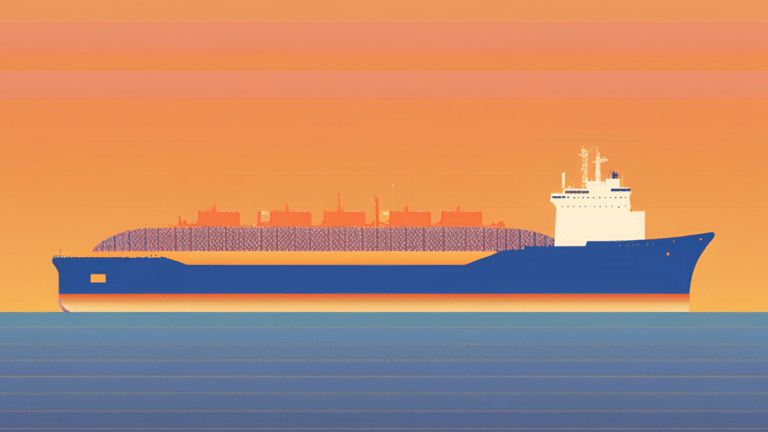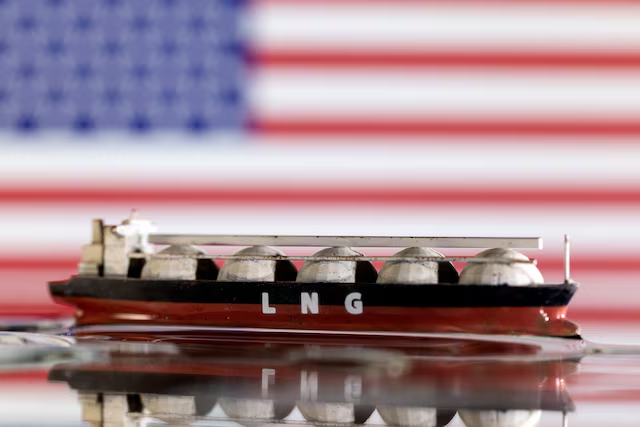China Halts U.S. LNG Imports Amid Tariff War
China has ceased importing liquefied natural gas from the United States since early February, as the ongoing tariff war impacts energy trade.
Current Access Level “I” – ID Only: CUID holders, alumni, and approved guests only
External Publications by Akos Losz • October 15, 2018
Note: This article was initially publihsed in the 2018 World Petroleum Council Strategic Review publication. It is hosted here with full permission.
***
The rapid emergence of the United States – alongside Australia – as one of the world’s largest exporters of liquefied natural gas (LNG) between 2015 and 2020 was widely expected to create a decade-long glut in the global LNG market. However, to the surprise of most analysts, global LNG demand has proved more than a match for fast-growing LNG supplies, initially led by a collection of new and emerging LNG importers, and later by the policy-driven demand boom in China. Over the past 12 months or so, talk of a looming LNG market oversupply has given way to tightening markets and fears of a supply shortage by the early 2020s, or potentially even sooner. Given the LNG demand outlook and the three to five-year lead time of new liquefaction projects, new LNG investments are required in the near-term to avoid demand outstripping supply in the years ahead, resulting in tighter markets and higher prices.
Despite a robust demand outlook, investment in new LNG supply capacity has come to a standstill in the last couple of years, as buyers have been less willing to sign long-term off take agreements, and suppliers have thus struggled to secure project nance debt, which is still needed for the majority of new LNG projects. How this impasse will get resolved – and what role the United States will play in the next wave of LNG supply – is a key question for the future global energy system.
This Energy Explained post represents the research and views of the author. It does not necessarily represent the views of the Center on Global Energy Policy. The piece...

This Energy Explained post represents the research and views of the author. It does not necessarily represent the views of the Center on Global Energy Policy. The piece...


Full report
External Publications by Akos Losz • October 15, 2018